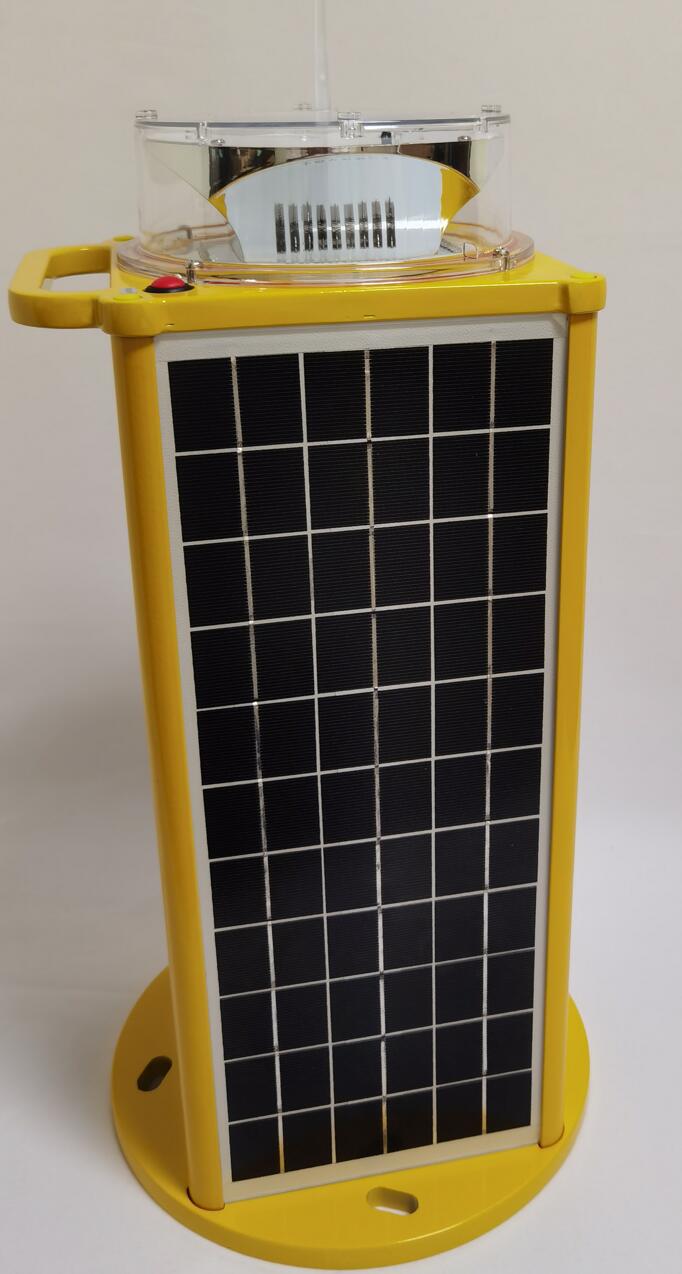Solar Marine Lights: Illuminating the Future of Nautical Navigation
The maritime industry has long relied on lighting solutions to ensure safe navigation, but traditional marine lights often come with high energy costs and maintenance challenges. Enter solar marine lights—a sustainable, efficient, and cost-effective alternative that is transforming the way we light up waterways, docks, and offshore structures. Harnessing the power of the sun, these innovative lighting solutions offer reliability, eco-friendliness, and ease of installation, making them an ideal choice for modern marine applications.
The Advantages of Solar Marine Lights
1. Energy Efficiency and Sustainability
Unlike conventional marine lights that depend on grid electricity or batteries, solar marine lights operate using photovoltaic panels that convert sunlight into electricity. This eliminates the need for frequent battery replacements and reduces dependence on fossil fuels, making them an environmentally friendly option.
2. Low Maintenance and Longevity
Traditional marine lights often require wiring, regular battery checks, and bulb replacements. In contrast, solar marine lights are designed for durability, with weather-resistant materials that withstand harsh marine conditions. Many models feature LED bulbs, which last significantly longer than incandescent or halogen alternatives.

3. Cost-Effectiveness
While the initial investment in solar marine lights may be higher than traditional options, the long-term savings are substantial. Since they rely on solar energy, operational costs are minimal, and there’s no need for complex electrical infrastructure.
4. Easy Installation and Versatility
Without the need for wiring, solar marine lights can be installed quickly in remote or hard-to-reach locations. They are ideal for buoys, piers, jetties, and even boats, providing reliable illumination without the hassle of electrical connections.
Applications of Solar Marine Lights
1. Navigation and Safety
Marine navigation relies heavily on lights to mark channels, hazards, and safe passages. Solar marine lights ensure continuous operation, even in power outages, enhancing safety for vessels of all sizes.
2. Dock and Pier Lighting
Ports and marinas benefit from solar-powered lighting, which improves visibility for workers and boaters while reducing energy expenses. Motion-sensing variants can further optimize energy use.
3. Offshore and Underwater Lighting
Some advanced solar marine lights are designed for underwater use, aiding in aquaculture, underwater inspections, and even enhancing marine life visibility for divers.
| solar marine lights |
4. Emergency and Backup Lighting
In emergencies, such as storms or power failures, solar marine lights provide a dependable light source, ensuring that critical areas remain illuminated.
Choosing the Right Solar Marine Light
When selecting solar marine lights, consider the following factors:
Brightness and Range – Ensure the light meets visibility requirements for its intended use.
Battery Capacity – Opt for models with high-capacity batteries for extended operation during cloudy days.
Durability – Look for corrosion-resistant, waterproof designs (IP67 or higher).
| solar marine light |
Solar Panel Efficiency – High-efficiency panels ensure faster charging and better performance.
The Future of Solar Marine Lighting
With advancements in solar technology and energy storage, solar marine lights are becoming even more efficient and affordable. Innovations such as smart lighting systems, integrated sensors, and hybrid solar-wind power solutions are paving the way for a brighter, greener future in marine illumination.
Solar marine lights represent a significant leap forward in sustainable maritime lighting. By combining energy efficiency, durability, and ease of use, they provide a practical solution for modern marine needs. As the world shifts toward renewable energy, these lights will play an increasingly vital role in ensuring safe, eco-friendly navigation across the globe.
Investing in solar marine lights isn’t just a smart choice—it’s a step toward a cleaner, more sustainable future on the water.
